US-Sport
MLB: Renaissance of the Atlanta Braves: Is it enough for the very top?
The Atlanta Braves are clearly on a playoff course this season. After years of rebuild, they have matured back to the top team thanks to strong youth work and selective improvements. But is the substance enough for the final spurt?
Before the season it would have been a great success for the Atlanta Braves if they had ended the year on a positive note. They last succeeded in doing so in 2013 (96-66). Since then it has set one “Losing Season” after the other. A rebuild was imminent.
Actually, the Braves would have liked to have been competitive again last year, after all the brand-new SunTrust Park was opened in Fulton County. Injuries, shape fluctuations and ultimately also a lack of quality in terms of width ultimately nullified this project.
This year, however, the squad looked better anyway. And at the latest since Ronald Acuna Jr. made his major league debut at the end of April, the Braves blew into action.
The upheaval was largely complete and the quality of the squad was so high that the young team was able to keep pace with the equally young savages from Philadelphia. At the end of August, the Braves even set the tone in the National League East on their own. The Washington Nationals – per se the top team of the division – have already raised the white flag and will probably only be able to end the season with decency, only the Philadelphia Phillies are still lurking.
The Braves are heading for the playoffs – a success that has been denied them since 2013. Now, however, this goal seems within reach. How did the team achieve the turnaround?
Even before the season it seemed clear that some conditions would have to be met for Atlanta to attack again. For one thing, Ronald Acuna Jr. had to go in. And so did the rookie. He leads all NL rookies with his 21 home runs and is considered as hoped for the Rookie of the Year.
Point two on the list was that starting pitcher Mike Foltynewicz would gradually tap his potential. And behold, the right-hander is pitching to a 149 ERA+, almost 50 percent above the league cut! He has 169 strikeouts (56 walks) over 145 innings and looks like the hoped-for Ace.
It is remarkable that the Braves had such a good season, although they were by no means spared from injury. There are currently ten pitchers on the Disabled List, many of whom will not return this year. Nevertheless, the Braves seem to have an inexhaustible pipeline of talent that allows them to simply promote the next highly talented young player in the event of failures.
This is what happened to 20-year-old rookie pitchers Mike Soroka, Kolby Allard and Bryse Wilson, all of whom made their debut this year and were convincing.
Youth is also the key to lineup in Atlanta: Besides Acuna (20), Second Baseman Ozzie Albies is only 21 years old, while only catcher Kurt Suzuki and outfielder Nick Markakis (both 34) are over 30.
Markakis, on the other hand, experiences something like his second spring. The former primary rock of the Baltimore Orioles has been playing in Georgia since 2015. But it has never been as productive as this year. He currently leads the National League with 158 hits and 38 doubes and is aiming for his third 100 RBI season ever – his last one in 2009, which is recognized by fans and colleagues – Markakis was voted into the All-Star Game for the first time in his 13th season in the Big Leagues.
In addition, the Braves have their anchor back, their superstar: First Baseman Freddie Freeman. He missed several months last year with a wrist fracture. Now, however, he is fit again and hardly missed a game. Promptly he is one of the most valuable players of the National League again – his 4.8 Wins above Replacement after FanGraphs are the fourth best value of the NL, the 144 wRC+ as well.
What was missing were a few selective reinforcements over the summer, but General Manager Alex Anthopoulos and his team also earned good marks in this area. Adam Duvall (Reds), for example, fought latent weakness against lefties. The Outfielder plays in the Platoon with Center Fielder Ender Inciarte and also knows how to convince defensively – he is already saved on 16 defensive runs, good enough for 4th place in the NL – Inciarte, meanwhile, only reaches 10, although he is considered to be a much more spectacular defender.
In addition, a trade for Kevin Gausman (Orioles) sustainably stabilized the rotation. Over his previous four starts he is 3-1 with a 2.00 ERA, which makes the existing pitching even deeper. Winter newcomer Anibal Sanchez should also be mentioned here, who has not only convinced with his experience since his late season debut due to injury (130 ERA+).
For the bullpen, the Braves also brought Brad Brach as Baltimore and Jonny Venters returning from Tampa Bay.
All in all, a troupe has been assembled which consists primarily of its own crops and has been sensibly supplemented on the transfer market – by trade or free agency.
Of course, the bulging farm system also helped. According to the MLB pipeline, the Braves still have the second-best farm system in the MLB after the Non-Waiver Trade Deadline at the end of July. That means many more top talent could find their way into the Big Leagues, so Atlanta seems to be prepared for many more attacks on the top for years to come.
That this is the case, however, can still be credited to the old regime. Under the former GM John Coppolella a large part of the now shining system was built up. And the fact that even after the sanctions all around the scandal with the numerous illegally engaged amateur players looks good speaks for itself, of course. Who knows where the organization would be if the 13 players concerned had not been taken from them again?
For the moment, however, Atlanta (73-57) is focusing on the fight for the postseason. They lead three and a half games ahead of Philadelphia Phillies (70-61) a month before the end of the Regular Season, while the gap to the Washington Nationals (66-66) is already 8 1/2 games. In addition, a very important factor speaks for the Braves in the NL East: They have a run difference of +98, the Phillies are +2 here! This leads to a playoff probability of 70.3 percent (Phillies 40.2).
And should it ultimately only result in a wild card, then they would also be in a good position for them, as the Braves have the second best result (73-57) in the NL – only the Cubs are better (76-53).
The first playoff participation since 2013 is therefore possible. Until then, however, a consistently good performance is needed. Something the team has not always succeeded in doing lately. On the weekend, about two of the four games were played in Miami, the second worst team in the National League. The Braves played 22 games in a row in only 20 days and came out with a 13-9-balance.
Their last luck, however, was that the Phillies also weakened at almost the same time. They only won three of their last ten games. For the final spurt, there are a few highly attractive – and equally difficult – opponents ahead. However, the seven remaining duels with Philadelphia are expected to be decisive – the last series of the year will even take place in Philly.
So there is no time to take a deep breath for the young savages, who will now have to show how far they really are in the coming month. Now that it counts.
This article was published without previous view by the Major League Baseball.


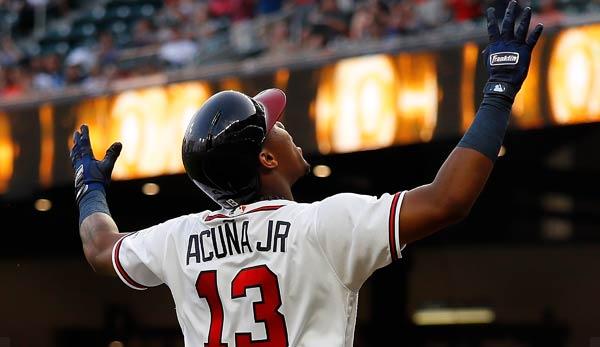
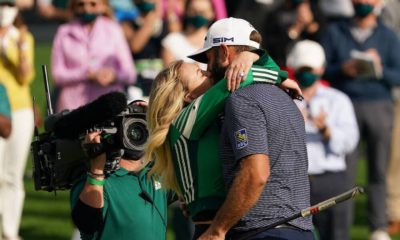
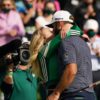
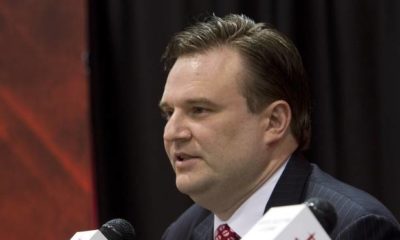
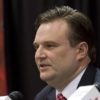
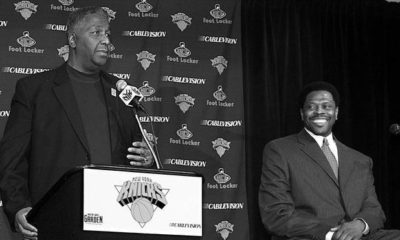
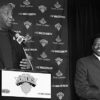
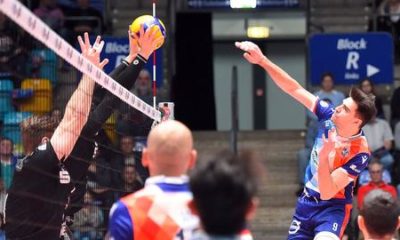
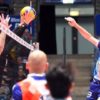
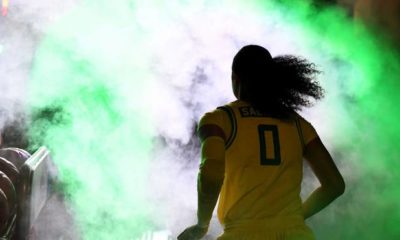
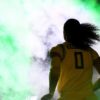





You must be logged in to post a comment Login